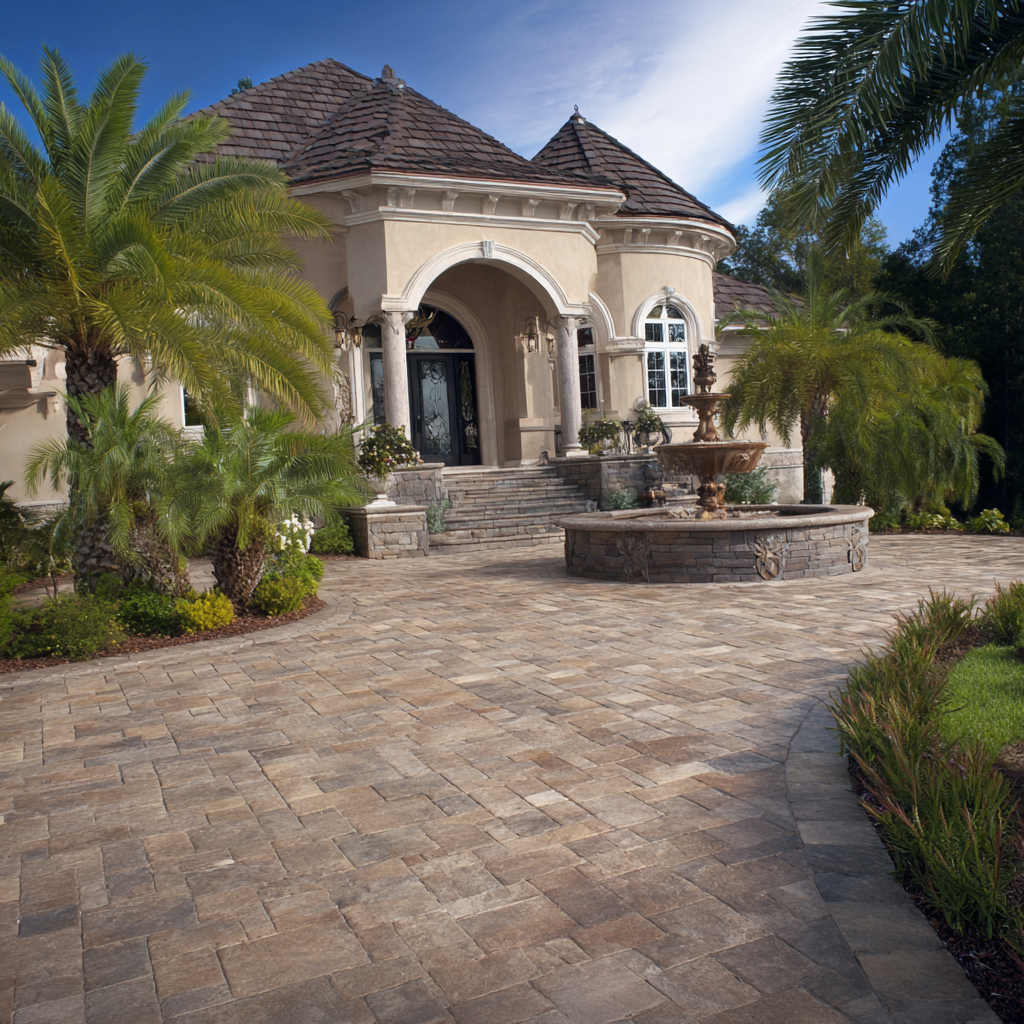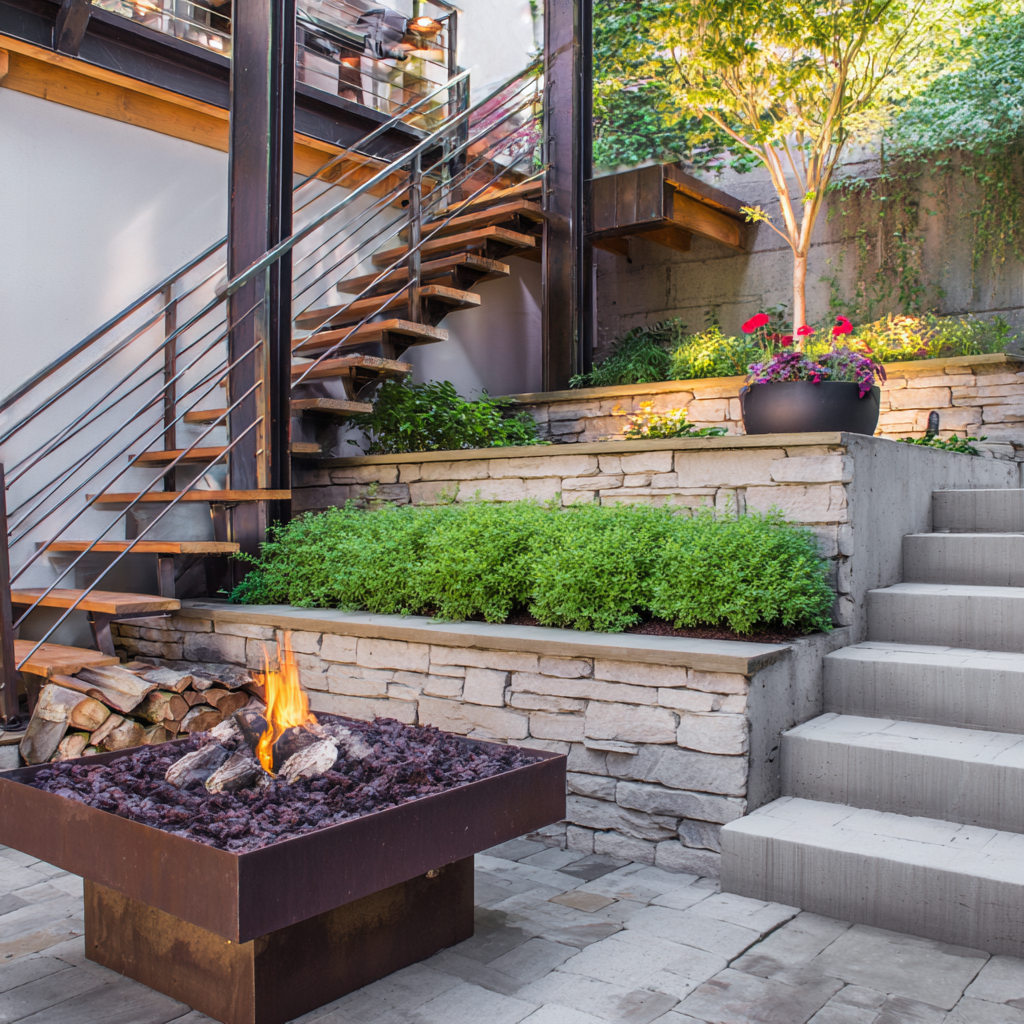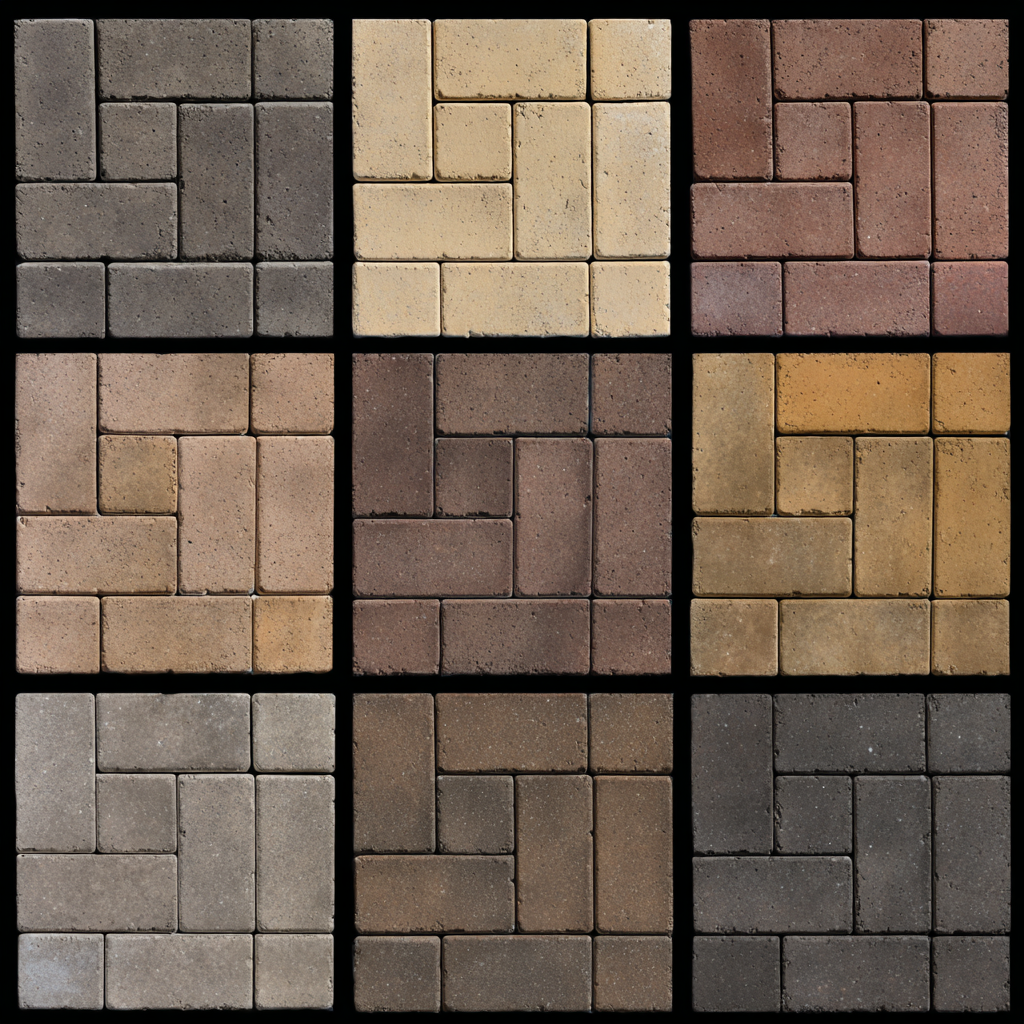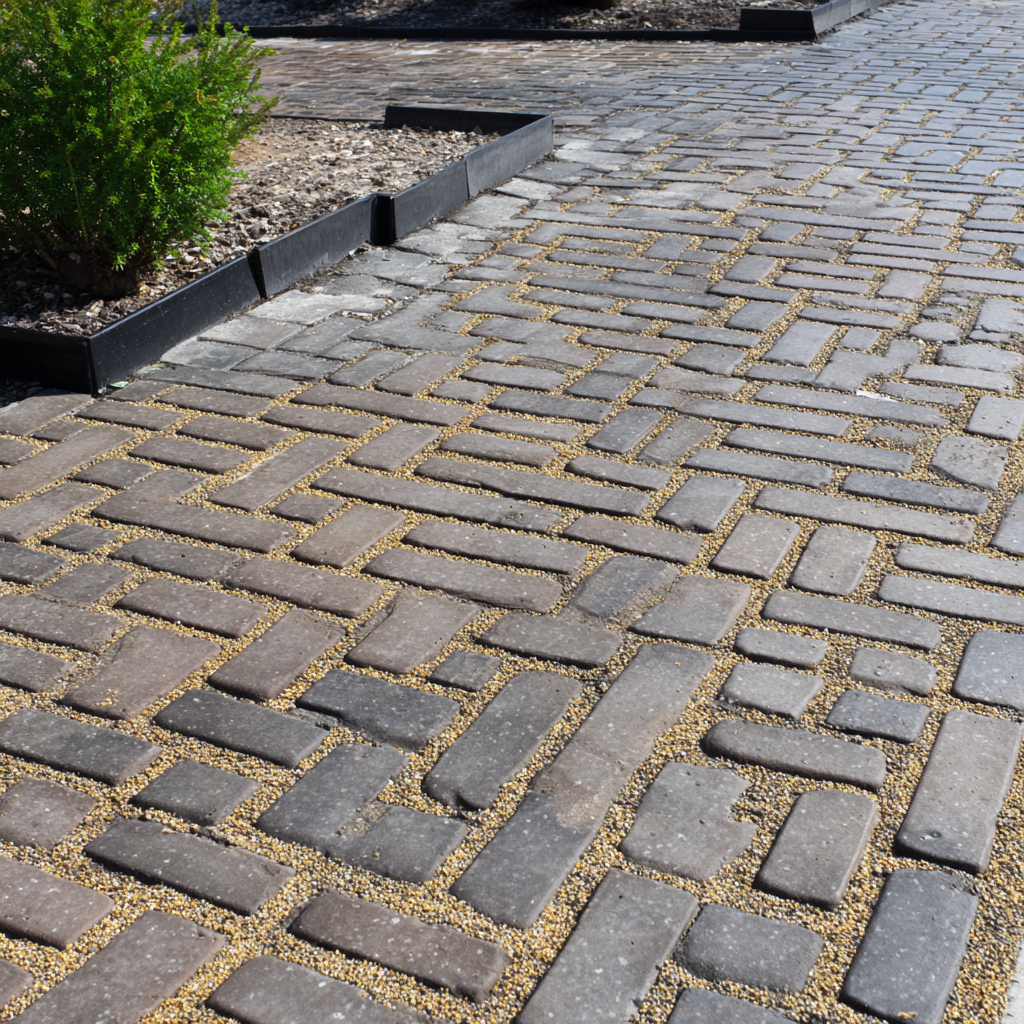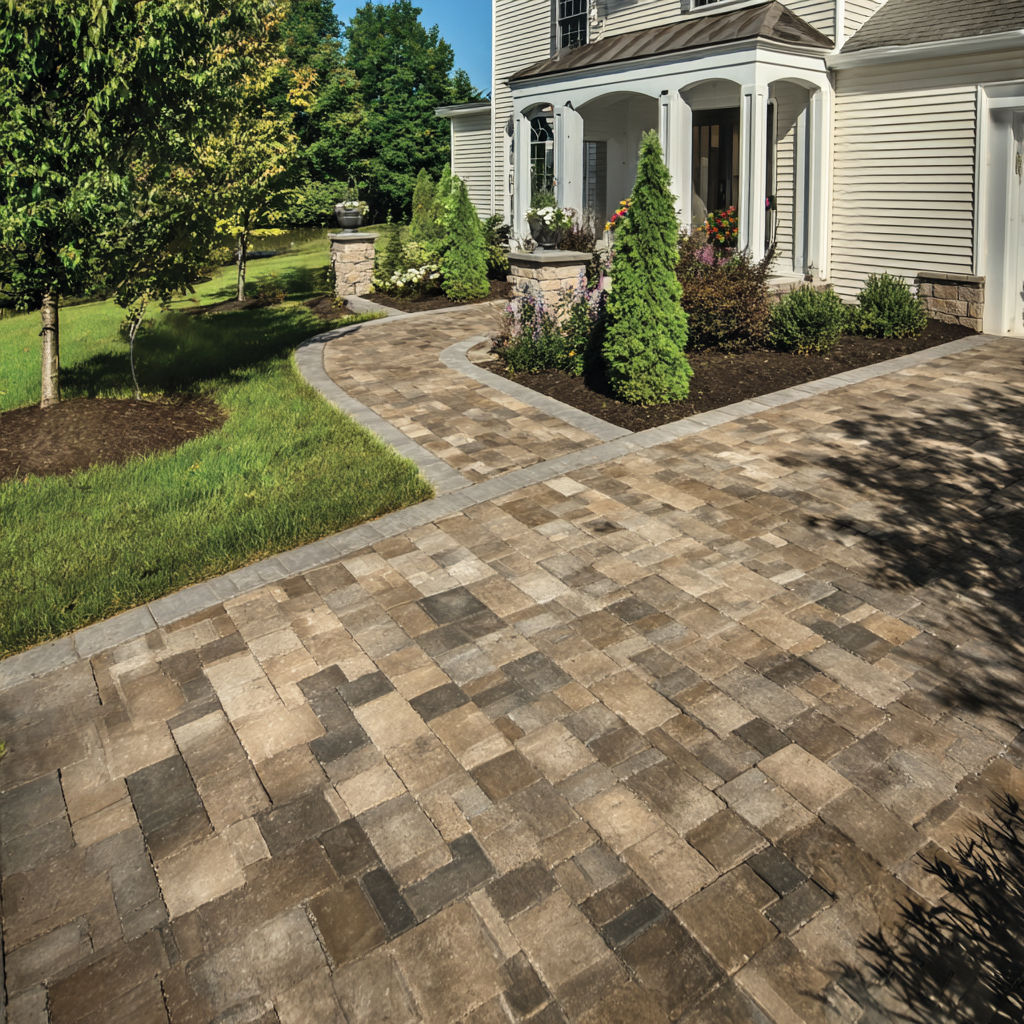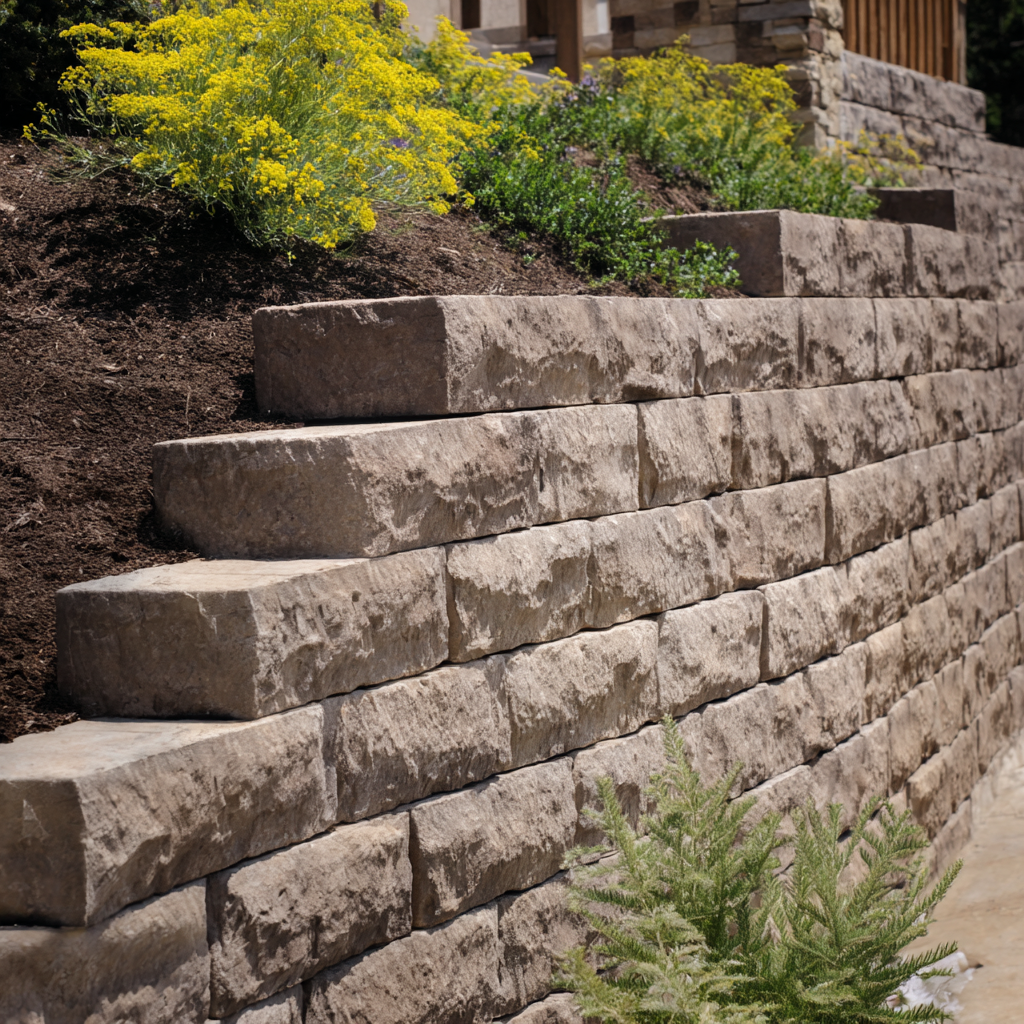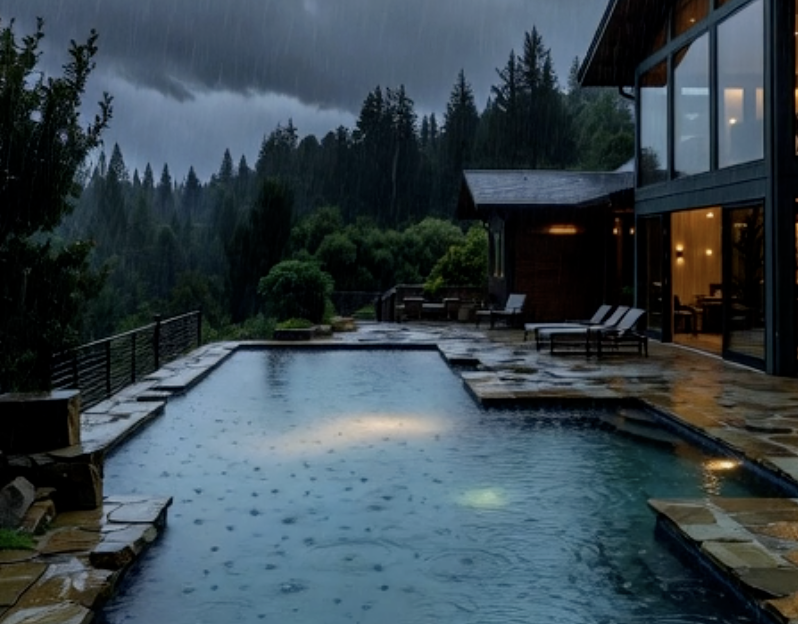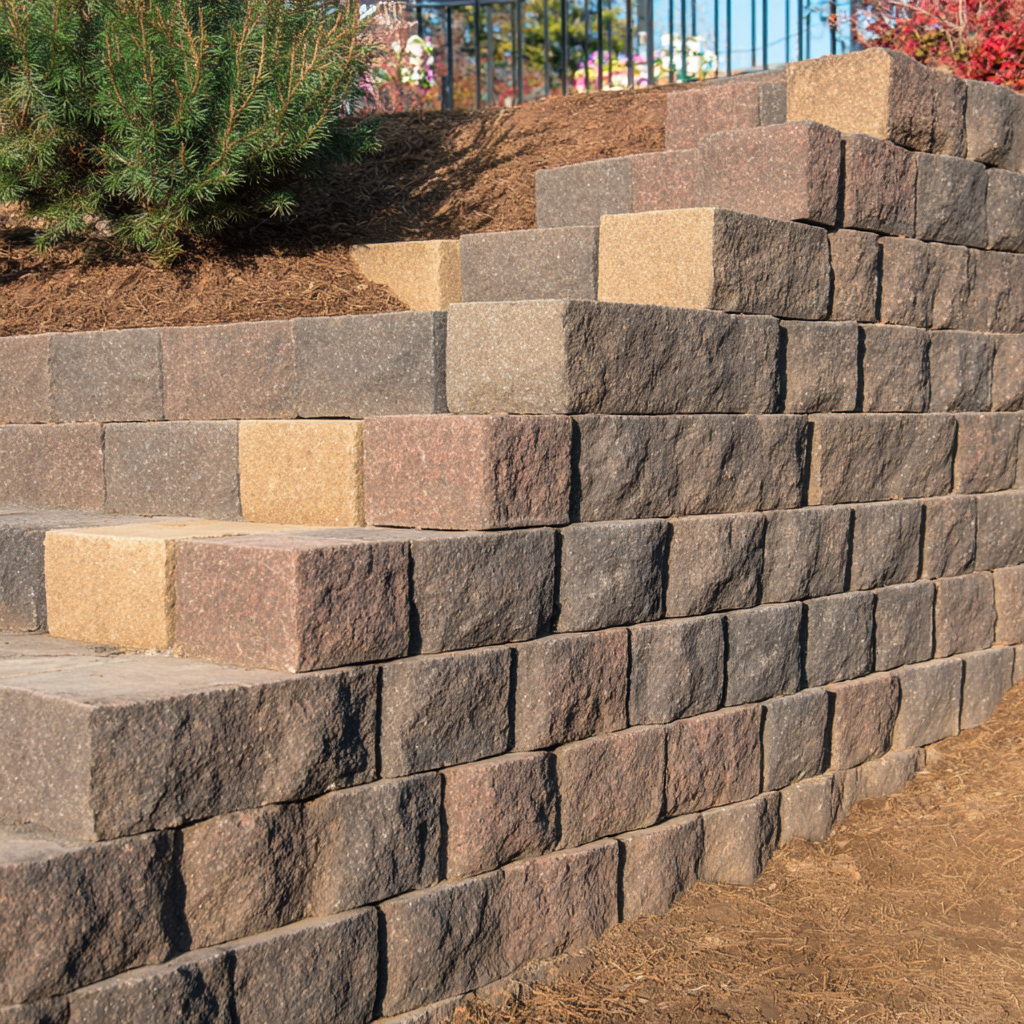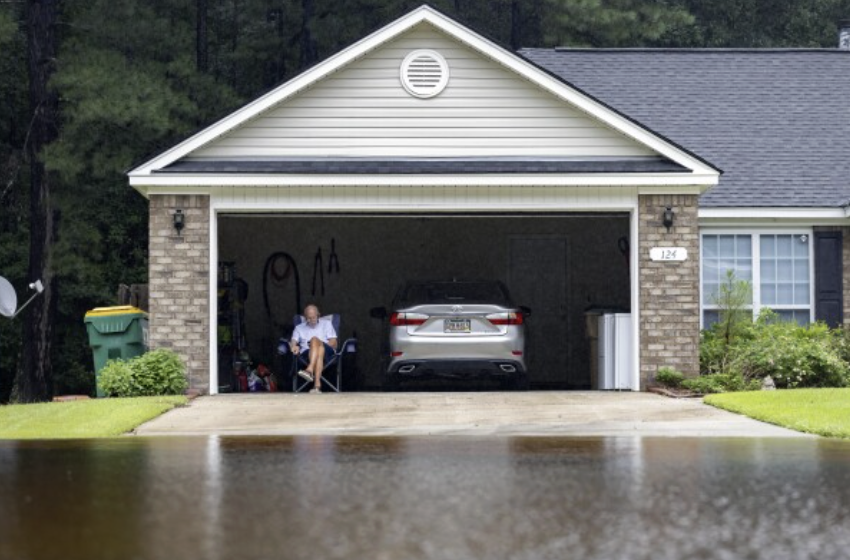
Retaining walls are a game-changer for Sunnyvale homeowners looking to manage sloped yards, prevent erosion, and create functional outdoor spaces. In a city known for its tech-driven vibe and suburban landscapes, a well-constructed retaining wall can enhance your property’s usability and aesthetic. Whether you’re in Cherry Orchard or Ortega, this expert-level DIY guide provides a step-by-step approach to building a retaining wall tailored to Sunnyvale’s clay-heavy soils and mild climate. We’ll cover planning, structural integrity, installation, and design ideas to ensure your wall is both durable and stylish.Why Build a Retaining Wall in Sunnyvale?
Sunnyvale’s suburban neighborhoods often feature gentle slopes or uneven terrain, making retaining walls essential for:
- Erosion Control: Sunnyvale’s clay soils are prone to erosion during winter rains, and retaining walls stabilize the landscape.
- Usable Space: Transform sloped yards into terraced gardens, patios, or seating areas.
- Aesthetic Appeal: A well-designed wall complements Sunnyvale’s mix of modern and traditional homes.This guide will help you construct a retaining wall that withstands Sunnyvale’s conditions while adding value to your property.
Section 1: Purpose and Design
Purpose
Retaining walls prevent soil erosion and create flat, usable spaces for landscaping or outdoor living. In Sunnyvale, where heavy rains can erode slopes in areas like Lakewood Village, these structures are vital for protecting your yard. They also allow you to carve out space for vegetable gardens, play areas, or patios, maximizing your property’s potential.Material ChoicesChoose materials that balance durability, cost, and Sunnyvale’s aesthetic:
- Concrete Blocks: Modular and affordable, ideal for modern homes in Sunnyvale’s tech-centric neighborhoods like Fairbrae.
- Natural Stone: Offers a rustic, timeless look that suits traditional homes in Heritage District.
- Brick: Provides a classic appearance but may require more maintenance in Sunnyvale’s wet winters.Select materials that resist UV exposure and moisture for long-term performance in Sunnyvale’s climate.
Drainage Solutions
Sunnyvale’s clay soils retain water, which can build pressure behind a wall and cause failure:
- Gravel Backfill: Place a 12-inch layer of gravel behind the wall to promote drainage.
- Weep Holes: Install 3/4-inch holes every 4–6 feet to release water pressure.
- Drainage Pipes: Use perforated pipes at the base to redirect water, especially for taller walls.
Local Regulations
In Sunnyvale, retaining walls over 4 feet tall (measured from the bottom of the footing) require a permit from the City of Sunnyvale’s Community Development Department. Check setback requirements and consult a structural engineer for walls exceeding 4 feet to ensure compliance. Visit sunnyvale.ca.gov for permit details.Section 2: Structural IntegrityA retaining wall’s strength lies in its foundation and reinforcement, particularly in Sunnyvale’s expansive clay soils.FoundationA solid foundation prevents settling and cracking:
- Dig a trench 12–18 inches deep and 24 inches wide for walls up to 4 feet tall.
- Fill with 6–12 inches of compacted gravel (3/4-inch minus) to create a stable base.
- Use a plate compactor to ensure a level foundation, checking with a 4-foot level to account for clay soil movement.
Reinforcement
For walls over 3 feet, reinforcement is critical:
- Geogrid Fabric: Lay geogrid every 2–3 courses, extending 3–4 feet into the backfill to anchor the wall.
- Steel Reinforcement: For concrete block walls, consider rebar or wall ties for added strength.
- Incorporate a slight backward lean (batter) of 1 inch per foot of height to resist soil pressure.
Safety Tips
- Call 811 at least 72 hours before digging to locate underground utilities.
- Wear safety gear, including gloves, safety glasses, and steel-toed boots.
- Use proper lifting techniques to avoid injury when handling heavy blocks or stones.
Section 3: Installation Steps
Follow these steps to build a retaining wall that lasts in Sunnyvale:
1. Site Preparation
- Mark the Layout: Use stakes and string to outline the wall’s path, creating a straight or gently curved design.
- Excavate: Dig a trench 12–18 inches deep, accounting for Sunnyvale’s clay soil expansion. Slope the trench slightly (1–2%) for drainage.
- Check Alignment: Use a laser level or string line to ensure the trench is level and straight.
2. Base Layer
- Fill the trench with 6–12 inches of gravel, compacting in 2-inch lifts with a plate compactor.
- Check for level using a 4-foot level, adjusting as needed for a flat base.
- Add a 1-inch layer of coarse sand for fine leveling if using concrete blocks.
3. Block or Stone Installation
- Lay the first course of blocks or stones on the compacted base, ensuring each piece is level front-to-back and side-to-side.
- Stagger joints in subsequent courses for strength, using construction adhesive for concrete blocks or mortar for natural stone.
- Install drainage pipes behind the first course, sloping them to direct water away from the wall.
4. Backfill and Finishing
- Backfill with 12 inches of gravel behind the wall, compacting lightly to avoid shifting blocks.
- Add geogrid fabric every 2–3 courses for walls over 3 feet, securing with soil.
- Fill remaining space with native soil, compacting in 6-inch lifts.
- Cap the wall with decorative capstones or flat stones, securing with adhesive for a polished look.
Section 4: Design Ideas for Sunnyvale
Your retaining wall should enhance Sunnyvale’s tech-savvy yet welcoming aesthetic:
- Modern Minimalism: Use sleek, gray concrete blocks for a clean look that suits contemporary homes in Fairbrae or Cumberland. Pair with minimalist landscaping like succulents or agave.
- Rustic Charm: Choose natural stone with irregular shapes for a timeless vibe, perfect for traditional homes in Heritage District. Add native plants like lavender or ceanothus.
- Functional Terraces: Create multi-level terraces for gardens or seating, ideal for sloped yards in Lakewood Village.
- Eco-Friendly Accents: Plant drought-tolerant natives like California poppies or manzanita along the wall’s base for a low-maintenance, water-wise design.
Consider adding low-voltage LED lighting to highlight the wall’s texture and improve safety for evening use.ConclusionBuilding a retaining wall in Sunnyvale is a rewarding DIY project that enhances your property’s functionality and beauty. By prioritizing a strong foundation, effective drainage, and thoughtful design, you can create a wall that withstands Sunnyvale’s clay soils and winter rains. Whether you’re aiming for a modern masterpiece or a rustic retreat, this guide equips you to succeed. Start your project today and transform your Sunnyvale yard into a stable, stunning landscape!
Planning a retaining wall in Sunnyvale? DM us with your questions for personalized advice from our team at Bayside Pavers!


 Schedule Design Consultation
Schedule Design Consultation.png)
